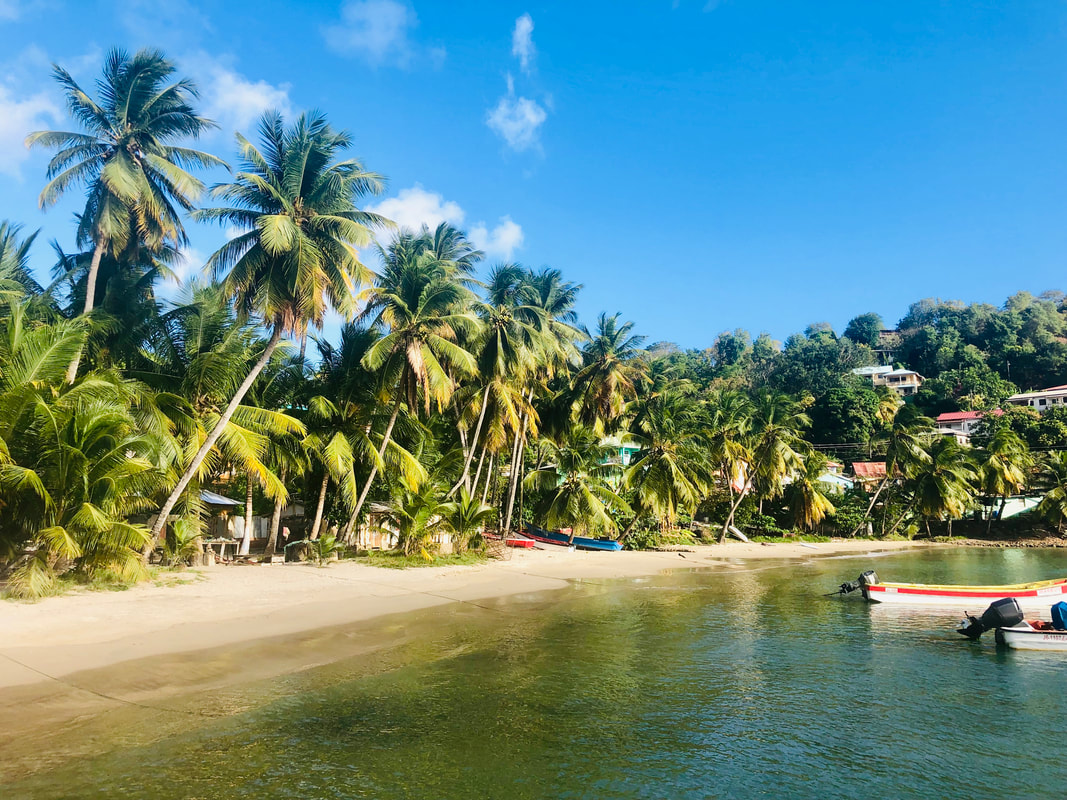|
Article: Christina Harnois Photography: Christian Wilmes On the one hand Saint Lucia is very predictable as it ticks all the boxes one would expect from an exotic Caribbean island… sunshine, beaches, tropical jungle and lively and welcoming local population. However, there is more to this small island than just a picture perfect holiday destination. I was lucky enough to be visiting during their 40th anniversary of independence. The national pride was a joy to behold with almost everyone in the streets was wearing cerulean blue, white, black and yellow, the national flag colours. Parades in the capital Castries kicked of the 4-day long celebrations, calypso and soca blasted from makeshift sound systems and people danced in the streets. The vestiges of colonial past, a sort of ping-pong between France and England, make for an interesting combination. As part of the commonwealth, English is the official language but the langue spoken by locals is a creole of French patois. Incomprehensible to a French speaker except for a few words here and there. It developed during early French colonization as a way to communicate without the ruling classes being able to understand. Legend has it that French sailors shipwrecked on the island on 13 December 1502, the feast day of St. Lucy. It does not take much to imagine why they wanted to stick around; the island has all the natural assets one could ask for, packed into only 617 km2. Exploring the island is in itself an adventure, with winding mountain roads that form a ring around the periphery of the island, the hairpin curves will take your breath away but thankfully so will the scenery.
Saint Lucia is a mountainous volcanic island with thick dense rainforest covering the center of the island and beautiful beaches dotting the coastline. The most iconic sight would have to be the Pitons rising out of the ocean into impressive peaks of green. I do love a pampering spa day and even more so when it is in a volcano, preferably a dormant one like the world’s only ‘drive through’ volcano in Soufrier (meaning sulphur in French) on the western side of the island. A weak spot in the crust caused the collapse, which formed a crater exposing mineral rich hot bubbling mud baths. The high mineral and sulphur content is not necessarily pleasing to the nose but it does wonders for the skin. What could be more fun that slathering oneself in hot mud, rinsing off under a powerful waterfall, and emerging with baby soft skin. This lesser known Caribbean destination has a lot to offer so explore at your leisure… So edited So travel
0 Comments
Leave a Reply. |
sø•travelTravel and transport yourself and experience more of what's not been discovered by the masses. Archives
July 2024
|






 RSS Feed
RSS Feed